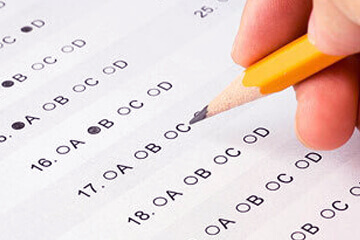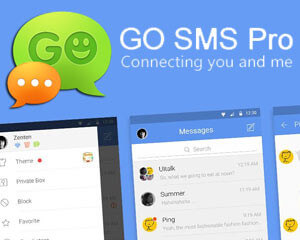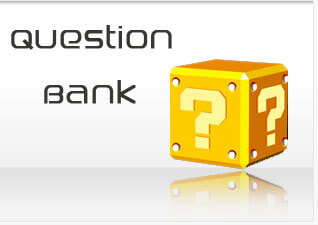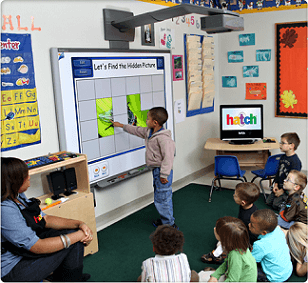GTS Provides number of OMR Software version
1. OMR Pro 4.0
2. OMR Pro 7.1
3. OMR Guru 9.0
4. Tutorial Guru 11.0
5. Entrance Pro 11.5
6. OMR Pro 12.0
Hardware/Software Requirements of OMR Software:
A. The OMR Software supported on any Operating system including windows XP ,7,8 and 10(32 /64 bit)
B. Software supported both color as well as black and white scanned copies.
C. The OMR software work with any regular flatbed or automatic (ADF) image scanner and no need to require any special OMR Scanner or machine.
D. The OMR Software supports more than 1000 pattern of OMR Sheets.
E. The OMR Software will be automatically updated if any new feature and improved functionality will developed.
F. The backend database will be any version of SQL-Server such as SQL-Server 2000, 2005, 2008, 2010, 2012.
Requirements of OMR Sheet printing:
A. The new OMR Sheet design can be printed using a regular B/w laser printer on normal white copy of paper.
B. Any OMR Sheet design using the OMR Software can be printed in B/w version or color version.
C. The OMR sheet designed can be provided in the form of PDF, CDR, PSD and PDM format.
D. The OMR Software can designed more than 1000 pattern of OMR sheets.
E. The OMR Sheet can be printed as Post card size, A4 size and A3 Size.
F. The OMR Sheet can also be printed in any OFFSET Print or any local press.
Features of OMR Block Reading:
A. The OMR Software provides for a combined interface for OMR Sheet checking and OMR form reading.
B. The software read in a single scanning and parsing
• Images
• Barcode
• Digital printed numeric number
C. The software has flexibility to control response sensitivity and reads full/partial circles as specified by the exam policy.
D. The software prompted for erroneous filling of candidate IDs and validate for list of existing IDs.
Features of Objective Question Evaluation:
A. The OMR Software supports different objective evaluation patterns like
• Regular MCQ with Single choices
• Regular MCQ With multiple choices
• Matrix matching Questions
• Numeric Questions
• Boolean Questions
• Linked Questions(Questions dependent on each other)
• Psychometric Questions(Questions with option wise mark)
B. The OMR Software supports different marking patterns like
Regular MCQ with Single choices
• Negative marking
• Non-negative marking
• Linked marking
• Differential marking
• Weighted marking
• Fractional marking
• Proportional marking
• Decimal marking
C. The OMR Software support Question cancellation and Bonus marking features.
D. The OMR Software supports more than 10 Set of Question set.
E. The OMR Software automatically segregates the OMR Sheets of multiple sets of a test even If scanned in jumbled order.
F. It also supports automatic evaluation of multiple sets of test papers heaving jumbled answer keys.
G. The software supports Import Export of candidate record.
H. The software have the capacity to store data of all the test of different batches to draw out a comprehensive result where required.
I. The answer key can be feeded
• Manually by the administrator
• Read from a filled OMR Sheet
• Read from Excel sheet
• Read from CSV file
J. The software support password protection for any secret answer key.
Features of Reports and Outputs:
a. Candidate details report with Session, Course, Batch, Year and Section wise.
b. Admit card report.
c. Address wise report
d. Different filtered reports like state wise city wise etc.
e. Different category wise reports.
f. Male/Female reports
g. Different concise reports
h. Different exam reports
i. Different subject wise reports
j. Overall subject wise reports.
k. Answer keys report
l. Progress card report
m. Different type of mark sheet reports
n. Different Performance analysis reports
o. Comprehensive mark list and rank list of several test together
p. Question response data and analysis reports
q. Rank list with percentage and other statistics score rate reports
r. List of absence candidate report
s. Different statistical analysis of question
t. Different graphical chart reports




